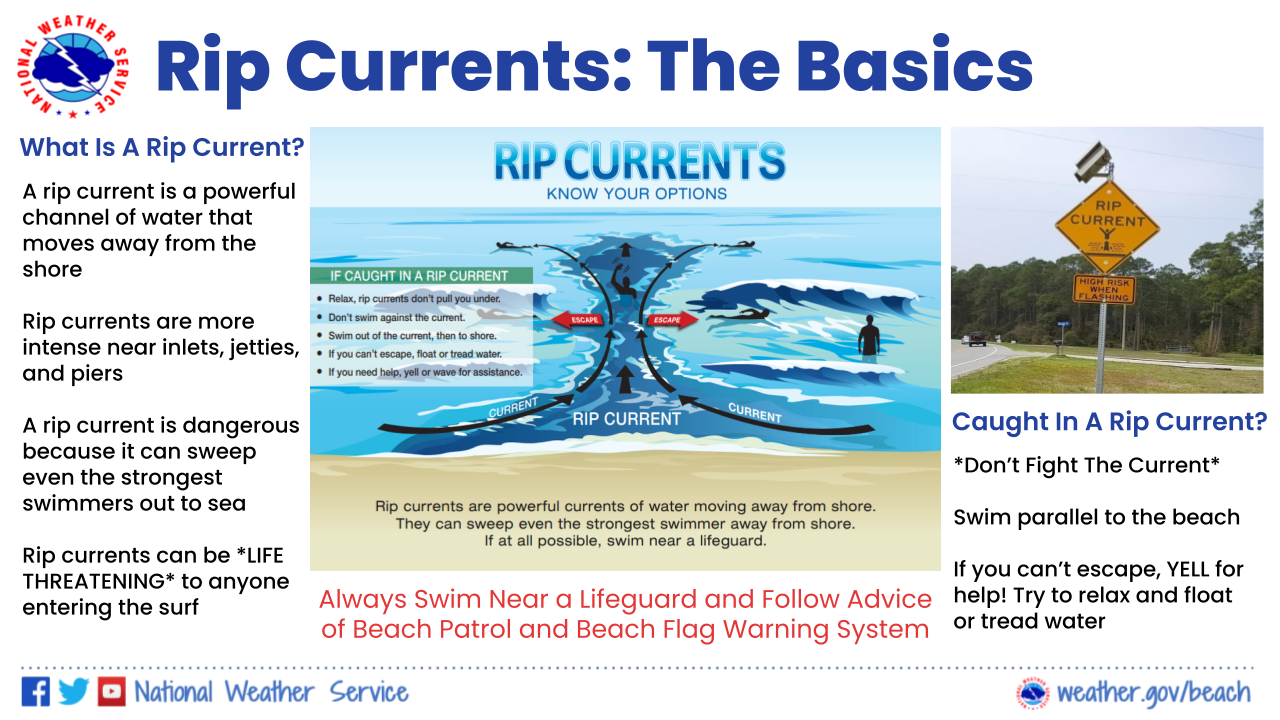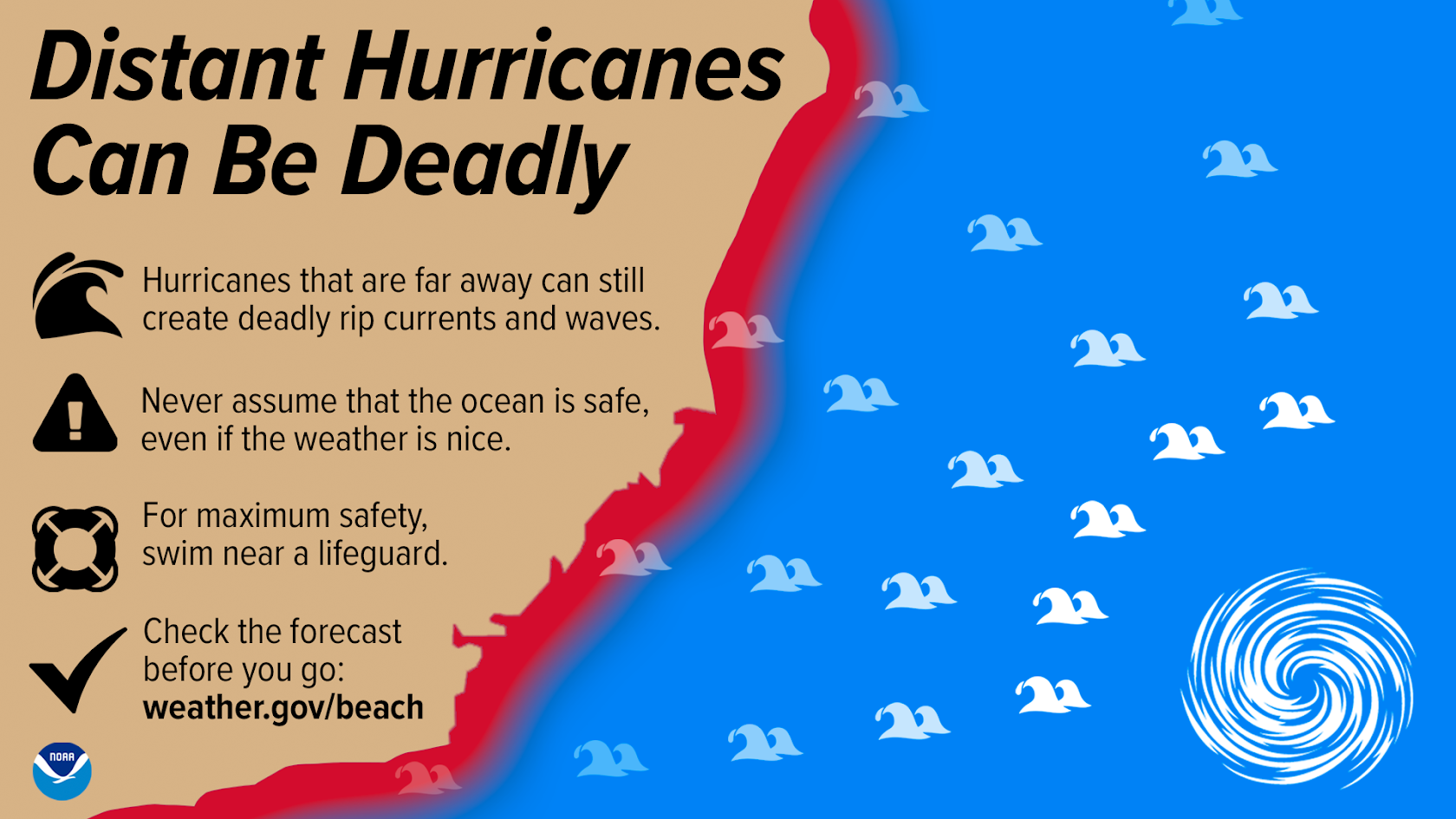This article expresses the views of its author(s), separate from those of this publication. Readers are encouraged to comment or submit a Letter to the Editor to share their opinions. To submit a Letter to the Editor, follow the instructions here.
Being a Jacksonville native, I found the beach to be like a second home to me growing up. It was instilled in me early on that while the ocean is magnificent, it can also be extremely dangerous. The ocean’s capacity for harm is why hearing the stories of numerous local drownings truly hits close to home.
The increasing number of stories about drownings in our local news stations saddens me. It shows that people need to start prioritizing ocean safety better and stop underestimating the dangers of nature.
Understanding general ocean patterns, rip currents and how to escape a rip current if caught in one is essential. However, it seems that people continually underestimate the power of the ocean and neglect their awareness of ocean patterns.

Within just the last two weeks, there have been at least four ocean drownings or near-drownings in the Jacksonville area alone.
Most recently, News4Jax reported that the body of a 20-year-old swimmer was found in St. Johns County on Oct. 14 near Mickler’s Landing after being missing for over a week.
Two different women also had to be saved from drowning in both Ponte Vedra Beach and Hanna Park. The women were then transported to the hospital to be treated for “non-life-threatening injuries,” according to the News4Jax article.
Back in September, the Florida Times-Union shared that a 15-year-old drowned after getting caught up in a rip current in Ponte Vedra Beach.
Unfortunately, I could keep going because these cases don’t scratch the surface of the 48 rip current fatalities in the United States in 2024.
With the recent hurricanes through Florida, ensuring kids and adults are fully educated on ocean safety is even more relevant, as hurricanes can cause and increase rip currents.

One of the biggest rules of thumb when escaping a rip current, according to the National Weather Service, is to not swim against the current but to swim to the sides. The NWS also provides various resources that explain what a rip current is, how to spot it and how to practice general ocean safety. Plus, the website is easy to navigate, making it much more convenient.
Ultimately, there is no reason not to be educated enough to avoid ocean accidents, and regardless of swimming strength, the ocean’s power is to be taken seriously.
I long for the day that stories of local drownings are a thing of the past— listen to local authorities, read up on current ocean patterns and never underestimate the ocean’s unrelenting nature.
___
For more information or news tips, or if you see an error in this story or have any compliments or concerns, contact editor@unfspinnaker.com.













